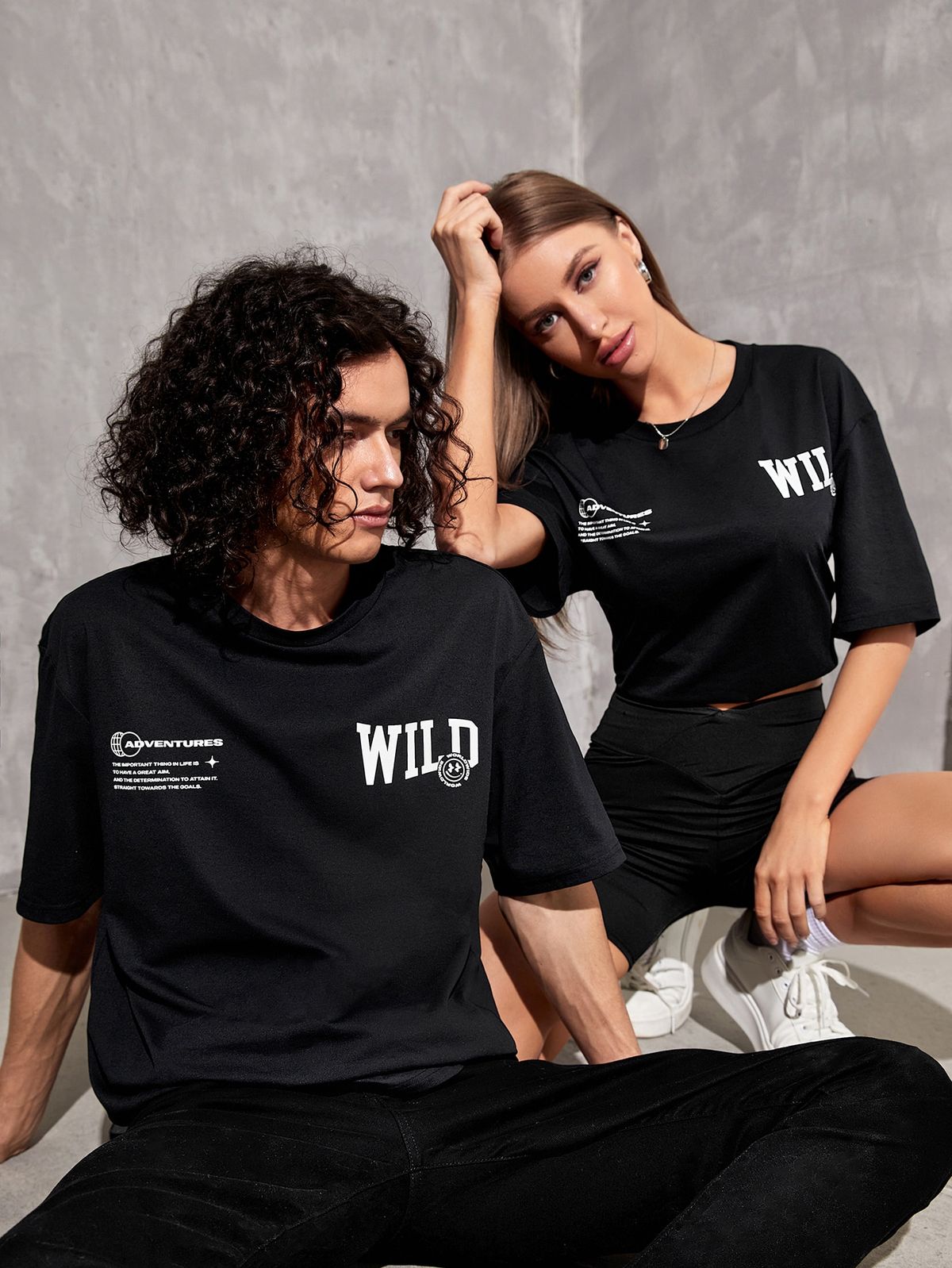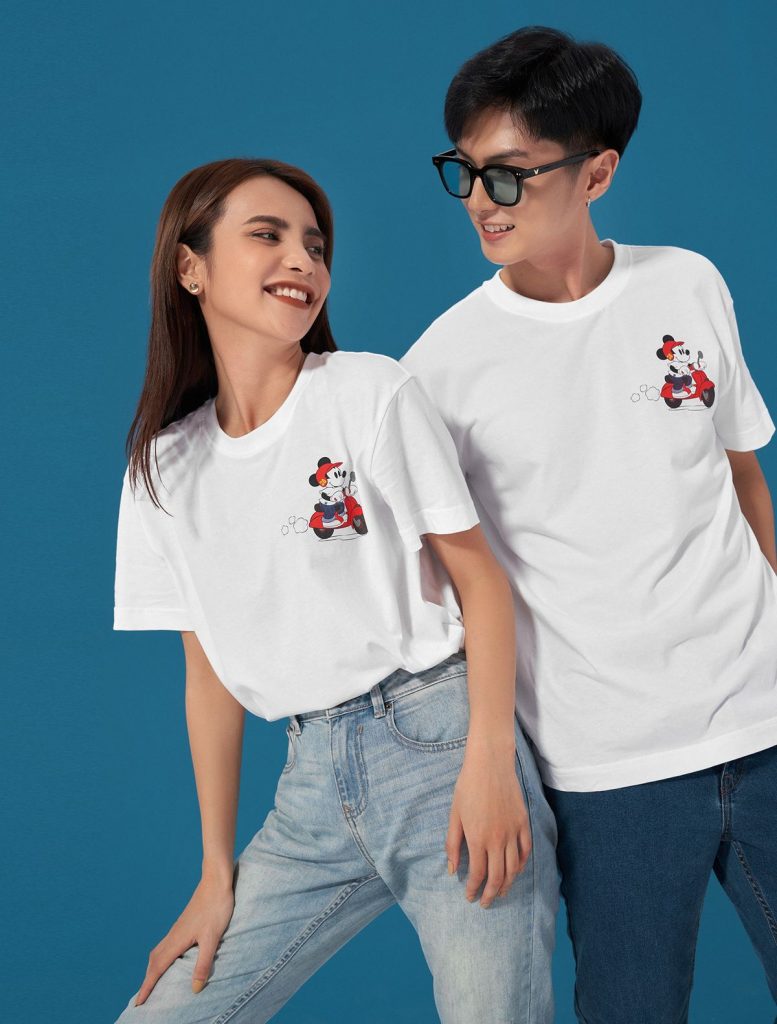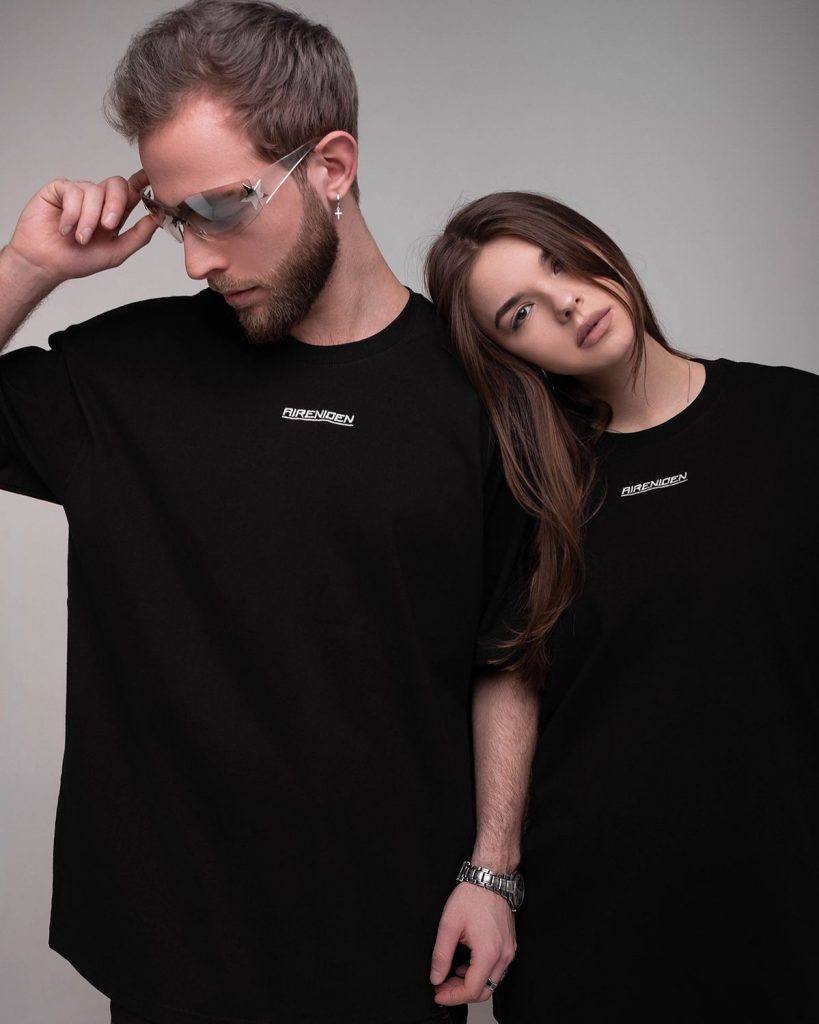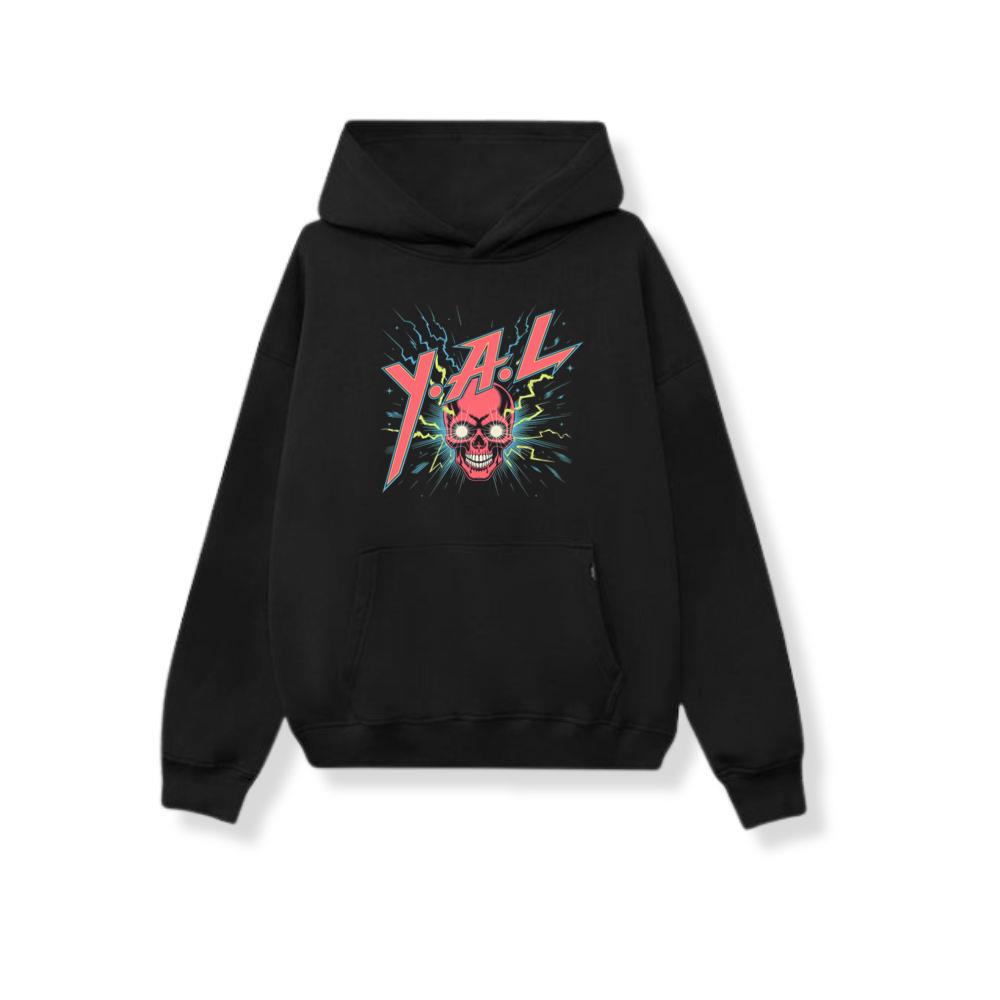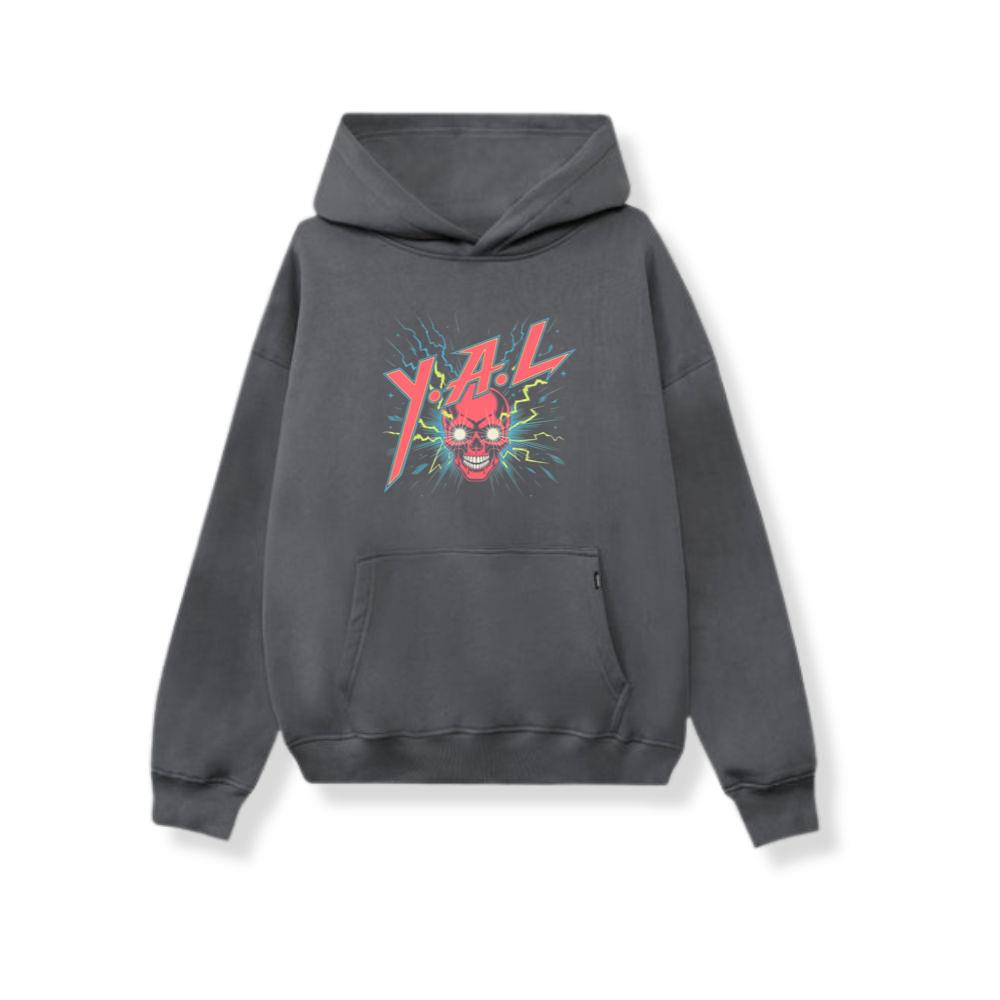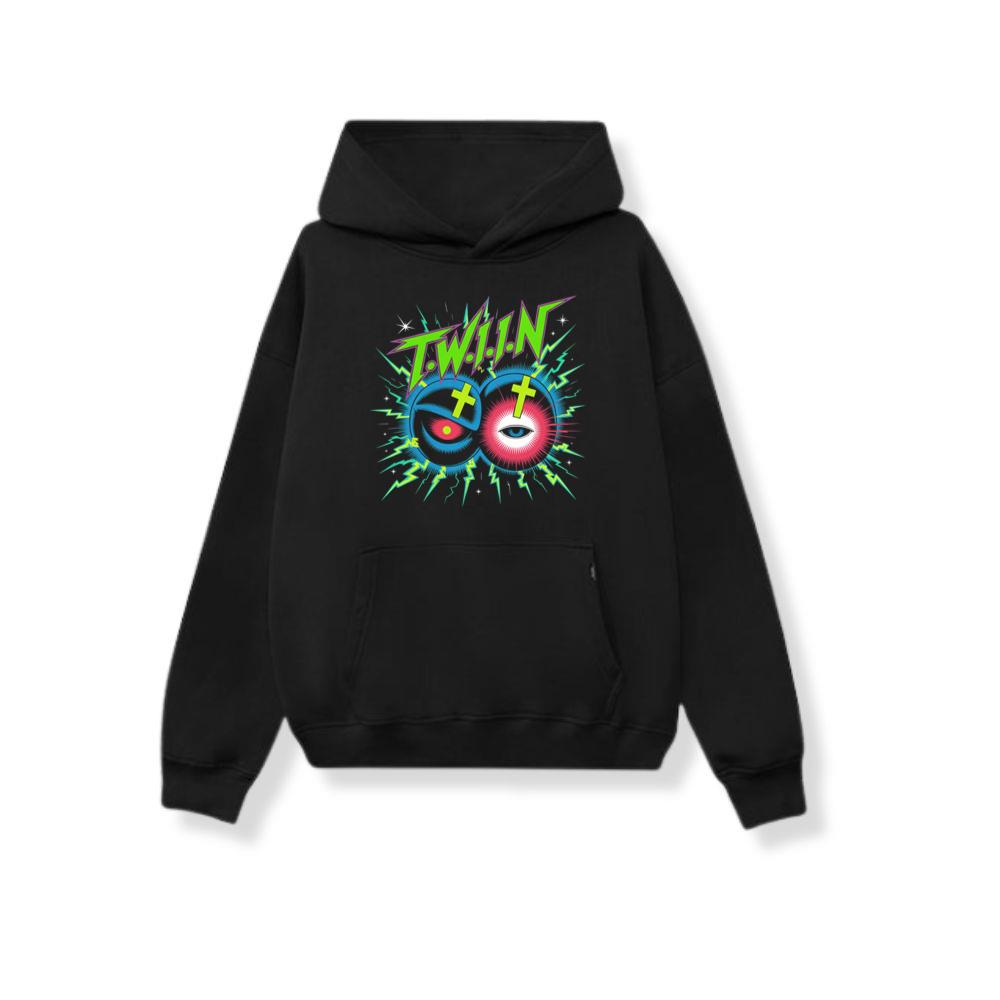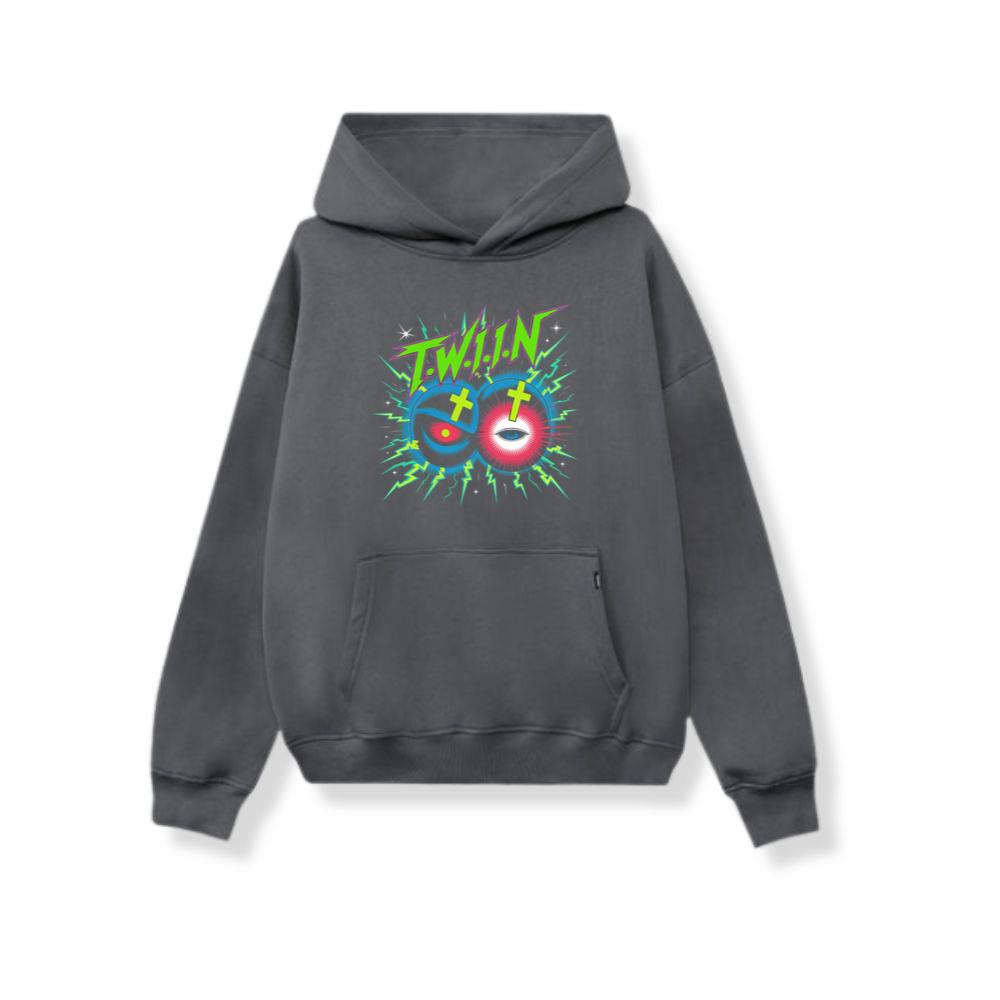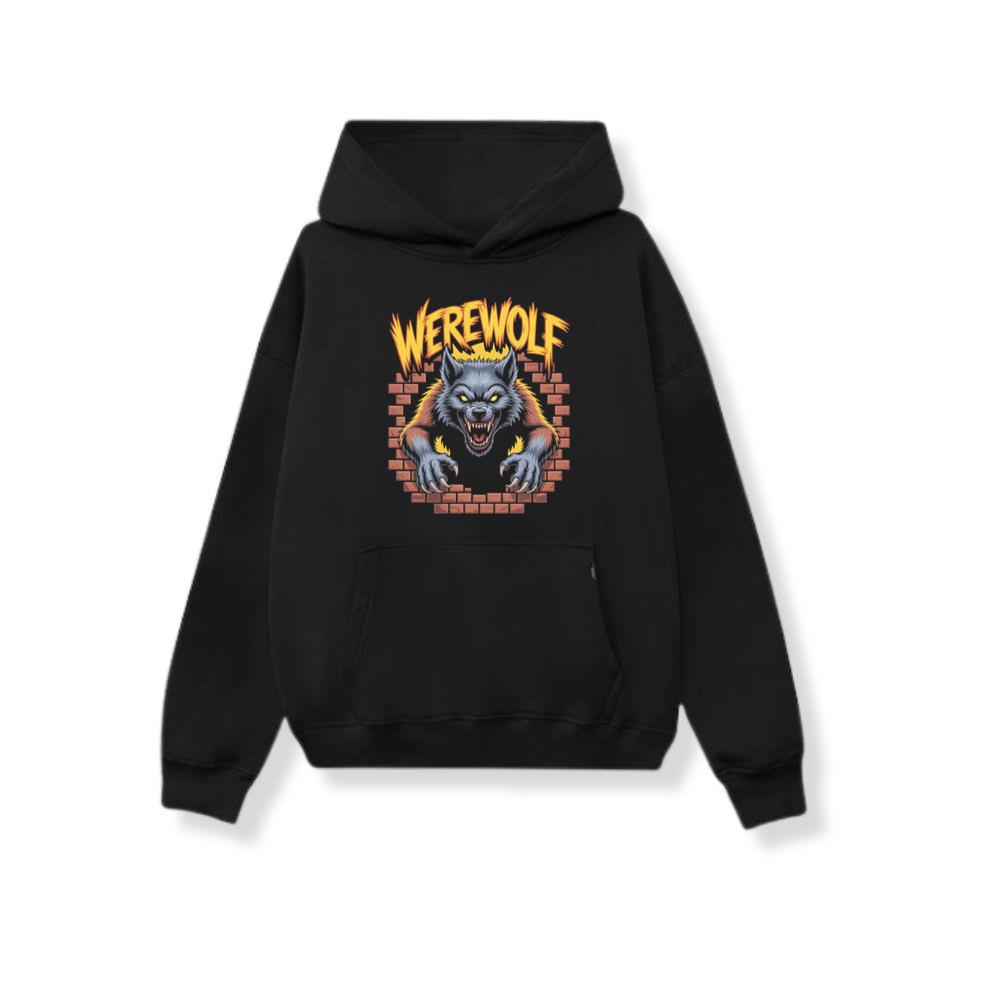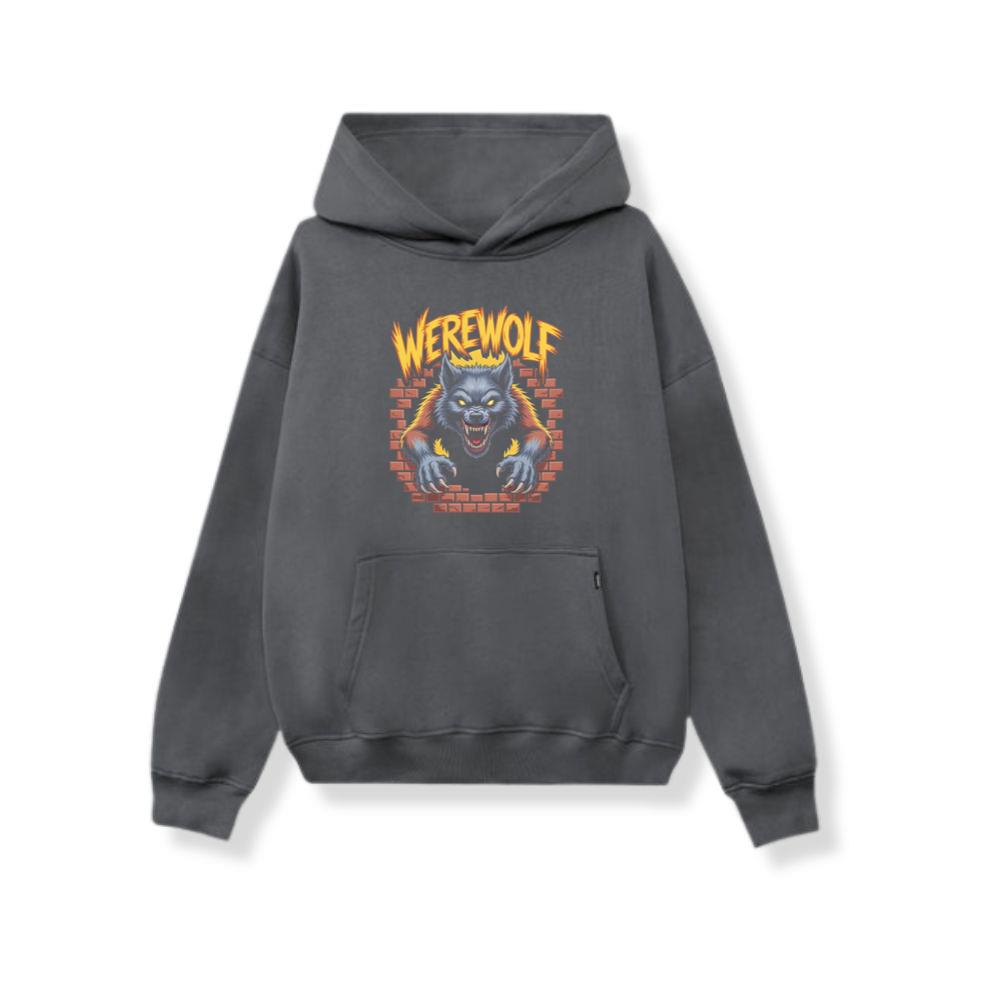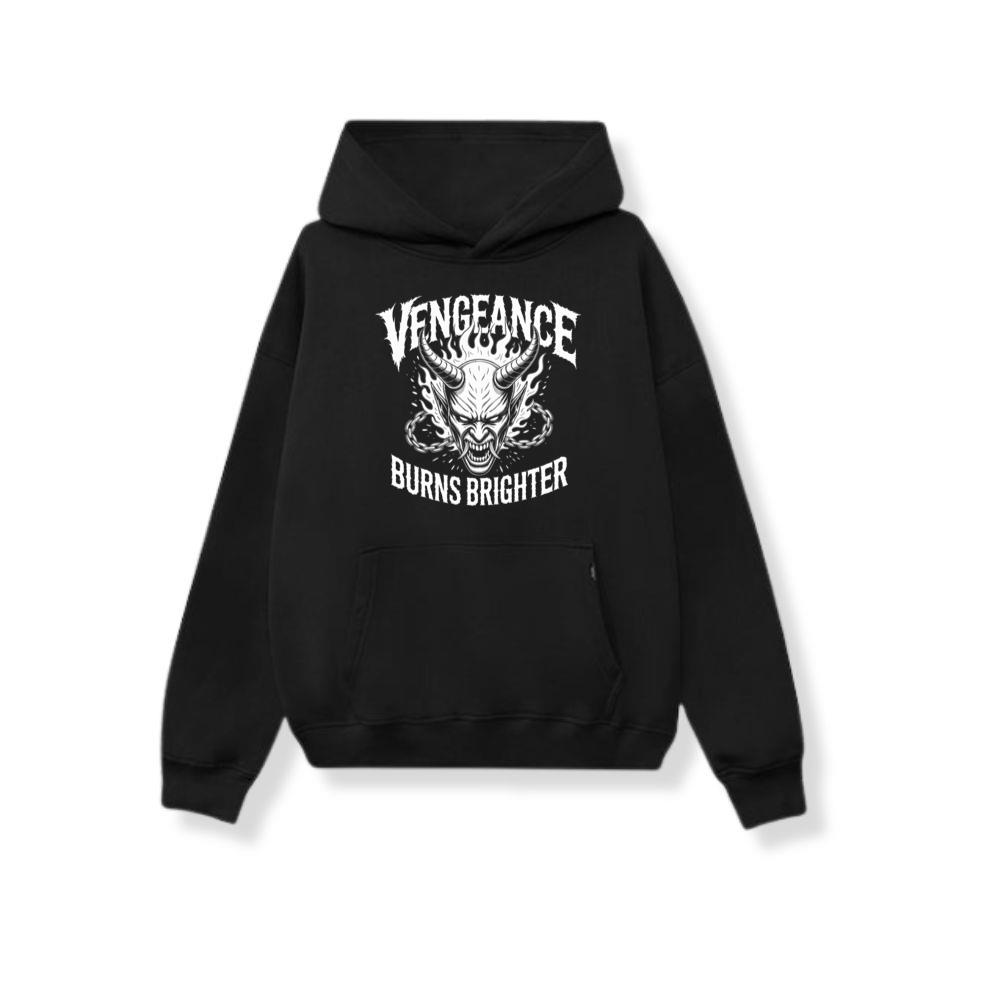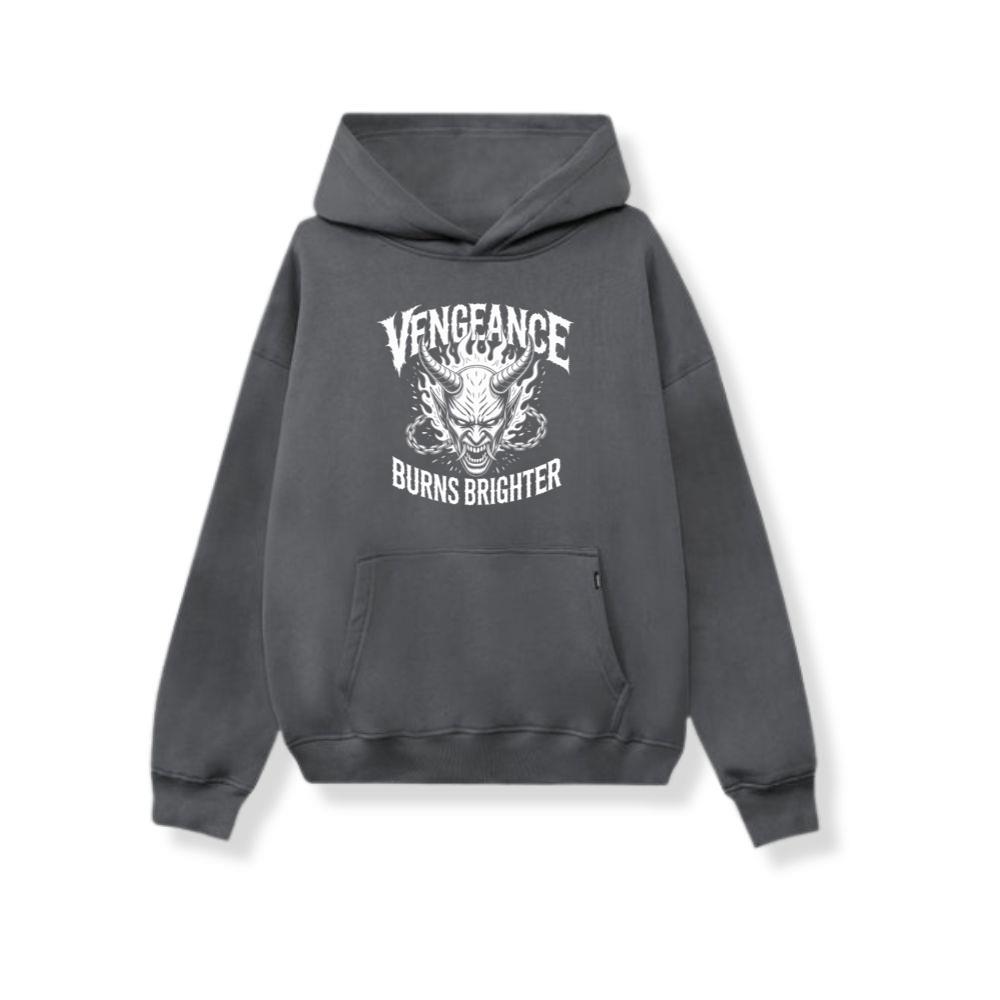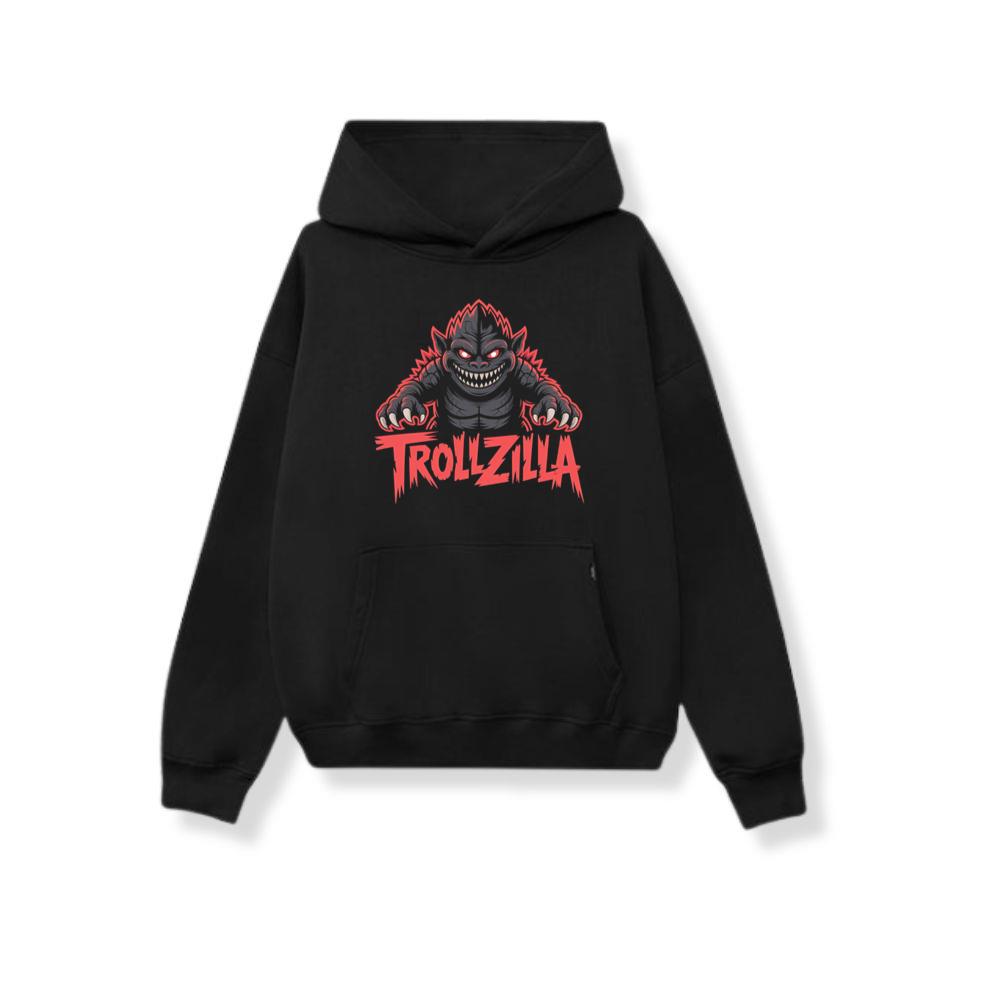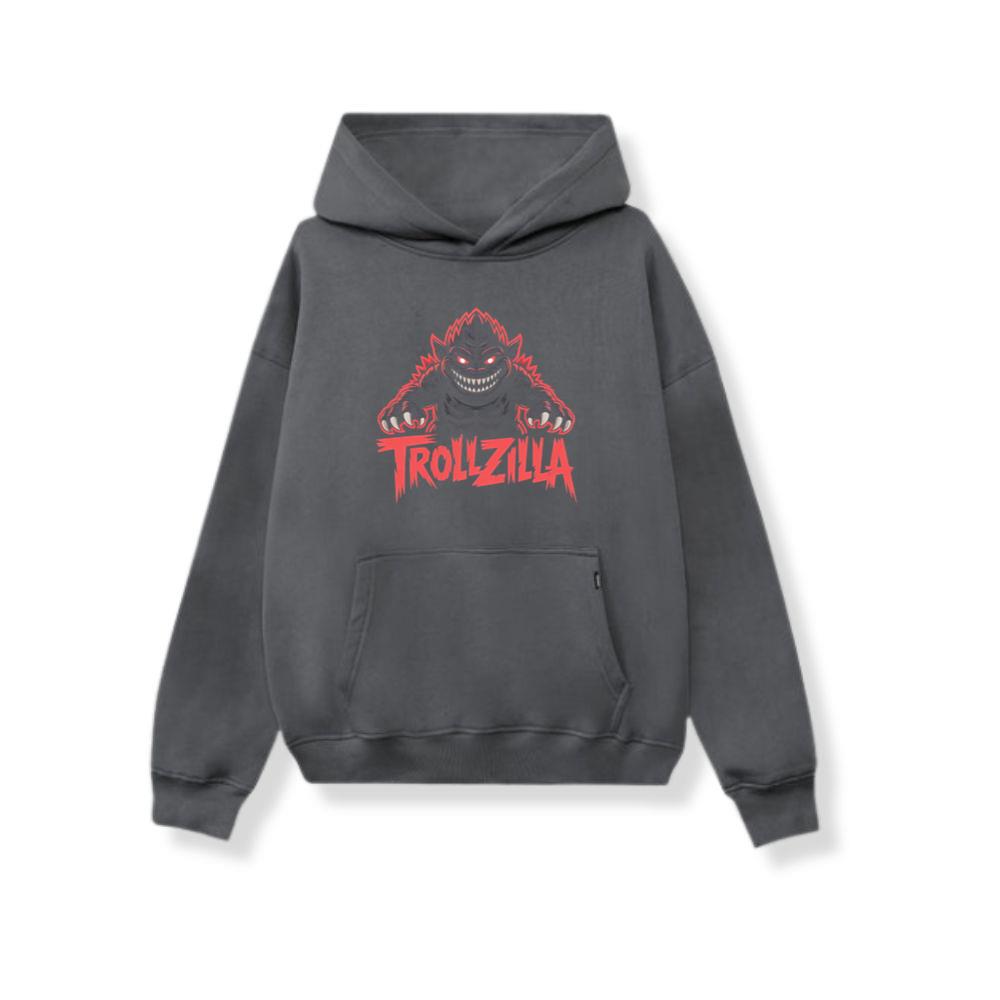The Power of Style That Speaks Before You Do
Fashion has always been about more than fabric and form — it’s a reflection of identity, a language that communicates who you are before you ever say a word. Nowhere is this truer than in streetwear, the cultural force that transformed the world of style from polished perfection to authentic expression. Streetwear doesn’t whisper sophistication — it shouts individuality. It tells your story, your energy, your edge. It’s not just clothing; it’s attitude stitched into every seam.
In a world where trends change faster than seasons, streetwear stands strong as a constant reminder that style is personal power. From the hoodies that feel like armor to the sneakers that symbolize ambition, every piece carries a pulse — a rhythm that belongs to the streets yet resonates on global runways. This is where culture and confidence meet; this is where fashion becomes movement.
The rise of streetwear isn’t an accident — it’s evolution. It’s rebellion refined into design, grit polished into art. Decades ago, it was born from skate parks, city blocks, and underground music scenes, but today it commands the attention of luxury houses, creative icons, and everyday dreamers alike.
Streetwear redefines what it means to dress with purpose. It’s not about blending in — it’s about standing out without trying too hard. It’s about authentic cool, the kind that comes from comfort, confidence, and connection. In an age where curated perfection dominates social feeds, streetwear reminds us of something pure — that fashion is freedom.
When Comfort Becomes Confidence
There’s something magnetic about clothing that makes you feel both comfortable and powerful. Streetwear thrives in that perfect intersection — where freedom of movement meets strength of personality. The oversized silhouette, the loose fit, the effortlessly thrown-together look — they’re not about laziness; they’re about intentional ease. They say, “I’m not dressing to impress you — I’m dressing to express me.”
When you slip into your favorite hoodie or that pair of sneakers that’s carried you through life’s chaos, you’re not just getting dressed — you’re building energy. The texture of soft cotton, the familiarity of a worn logo, the way fabric falls just right — these little details become emotional armor. You move differently when you feel authentic.
That’s the beauty of streetwear: it doesn’t demand validation. It gives you the confidence to define your own presence. You can mix luxury with thrift, minimal with graphic, or vintage with futuristic — it all works if it feels like you. Because attitude isn’t about brands or trends. It’s about ownership — the way you carry yourself, the way you turn ordinary pieces into something unmistakably yours.
The Language of the Streets: Where Identity Is Born
Every generation has its own way of saying “this is who I am.” For today’s youth, that message is written in fabric and stitched in self-expression. Streetwear became the voice of the voiceless — a platform for creativity, individuality, and resistance.
From New York’s graffiti-covered walls to Tokyo’s neon-lit corners, the street became a runway of reality. What started as subculture is now mainstream inspiration, but it has never lost its essence: truth. It’s clothing that tells stories — of hustle, of passion, of belonging.
Logos became emblems of identity. Sneakers turned into trophies. Baggy jeans and graphic tees transformed into symbols of social freedom. But beneath the aesthetics, streetwear is about something deeper — the assertion of self in a world that often tries to define you.
Every collection, every limited drop, every collaboration carries meaning. It’s not just fashion; it’s philosophy. The design language of streetwear celebrates imperfection — wrinkles, distressing, mismatched proportions — because real life isn’t airbrushed, and neither is style.
When Street Meets Status: The Rise of Everyday Luxury
What was once considered casual has now become the new symbol of prestige. The biggest names in high fashion are embracing the raw energy of the streets, blurring the boundaries between luxury and lifestyle.
From Paris runways to pop-up shops in downtown alleys, the collaboration between streetwear and couture has transformed the fashion ecosystem. Brands like Off-White, Fear of God, and Supreme changed the hierarchy — proving that cool isn’t dictated by exclusivity anymore. It’s built through culture.
Luxury now borrows from street attitude — bold graphics, athletic silhouettes, urban comfort — and streetwear borrows from luxury craftsmanship — precision stitching, premium fabrics, and limited releases. Together, they’ve created something powerful: accessible aspiration.
People don’t just want to wear something expensive; they want to wear something meaningful. A hoodie can cost thousands not just for its material, but for what it represents — the merging of rebellion and refinement, of individuality and artistry.
This shift shows that modern fashion isn’t about perfection — it’s about presence. You don’t have to dress like anyone else; you just have to own the space you occupy.
The Unseen Influence of Music and Movement
Streetwear didn’t grow alone — it evolved hand in hand with music, dance, and street art. From hip-hop’s rise in the Bronx to skateboarders carving culture in California, streetwear became the uniform of rhythm and rebellion.
Music gave it a soundtrack. Artists wore their identities through clothes, creating a connection between sound and style that transcended generations. When Run-D.M.C. wore Adidas tracksuits, or Kanye West launched Yeezy, or Travis Scott collaborated with Nike — it wasn’t just about fashion. It was about cultural energy.
Every movement needs a look, and streetwear became that look — dynamic, expressive, unapologetic. It reflected the streets that shaped it and inspired the dreams that grew from them.
The connection between rhythm and clothing is undeniable — beats influence patterns, lyrics inspire prints, and energy drives silhouette. Streetwear doesn’t just follow culture; it creates it.

